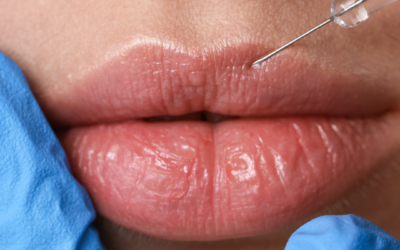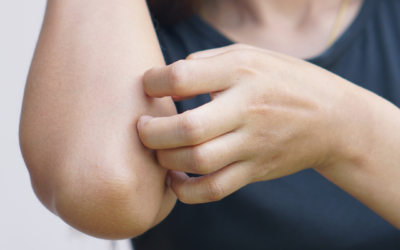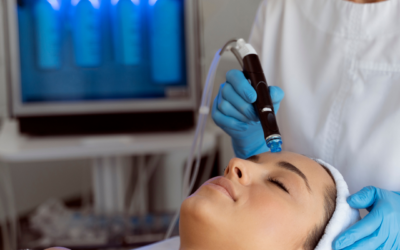
Many individuals with diabetes will have a skin disorder develop as a result of diabetes at some time in their lives. For some, a skin problem is the first sign that a person has diabetes.
What causes skin problems when you have diabetes?
According to Dr. Gabriela Maloney, board-certified dermatologist with Forefront Dermatology, “People with diabetes are prone to dry skin, particularly when blood glucose levels are high. As a result, skin becomes dry leading to cracking, itching and even infections. Keeping your skin moisturized when you have diabetes is one of the easiest ways to prevent skin problems.”
What are the common skin conditions for individuals with diabetes?
Individuals with diabetes can develop skin conditions that are common, such as bacterial infections, fungal infections and itching. However, they are more prone to certain conditions:
• Acanthosis nigricans – a condition that results in the darkening and thickening of the skin. Often, areas of tan or brown skin, sometimes slightly raised, appear on the sides of the neck, the armpits, and groin. Occasionally, these darkened areas might appear on the hands, elbows, and knees.
• Diabetic Blisters – in rare cases, people with diabetes develop blisters that resemble burn blisters. These blisters may occur on the fingers, hands, toes, feet, legs, or forearms. Diabetic blisters usually are painless and heal on their own.
• Diabetic dermopathy – changes to the blood vessels because of diabetes can cause diabetic dermopathy. It appears as scaly patches that are light brown or red, often on the front of the legs. The patches do not hurt, blister, or itch.
• Disseminated granuloma annulare – causes sharply defined, ring- or arc-shaped areas on the skin. These rashes most often occur on the fingers, hands, and feet, but they can occur on the trunk. The rash can be red, red-brown, or skin colored. Treatment usually is not required.
• Eruptive xanthomatosis – can occur when blood glucose levels are not well controlled. This condition appears as firm, yellow, pea-like bumps on the skin. The bumps—which are surrounded by red halos and can be itchy—usually are found on the feet, arms, legs, buttocks, and backs of the hands.
• Necrobiosis lipoidica diabeticorum (NLD) – caused by changes in the blood vessels and generally affects the lower legs by appearing as raised, yellow bumps often with a bluish-purple border. As long as the sores do not break open, treatment is not necessary.
Are there ways to prevent skin problems when you have diabetes?
“While controlling your diabetes is the best form of prevention for skin problems, it is also important to regularly wash your skin under lukewarm water with a mild soap, followed by thoroughly drying your skin,” added Dr. Maloney. “It is important to follow up this regimen by applying a moisturizer to your entire body. Always keep an eyes out for any spots, blister or sore that could develop into an infection.”
Skin Struggles?
At Forefront Dermatology, we know that life is all about the moments when you don’t need us. That’s why we’re here for all the moments when you do. We offer comprehensive and compassionate care for all skin conditions and create customized treatment plans for all stages and ages – even the tiniest of patients! Find a location near you today.





